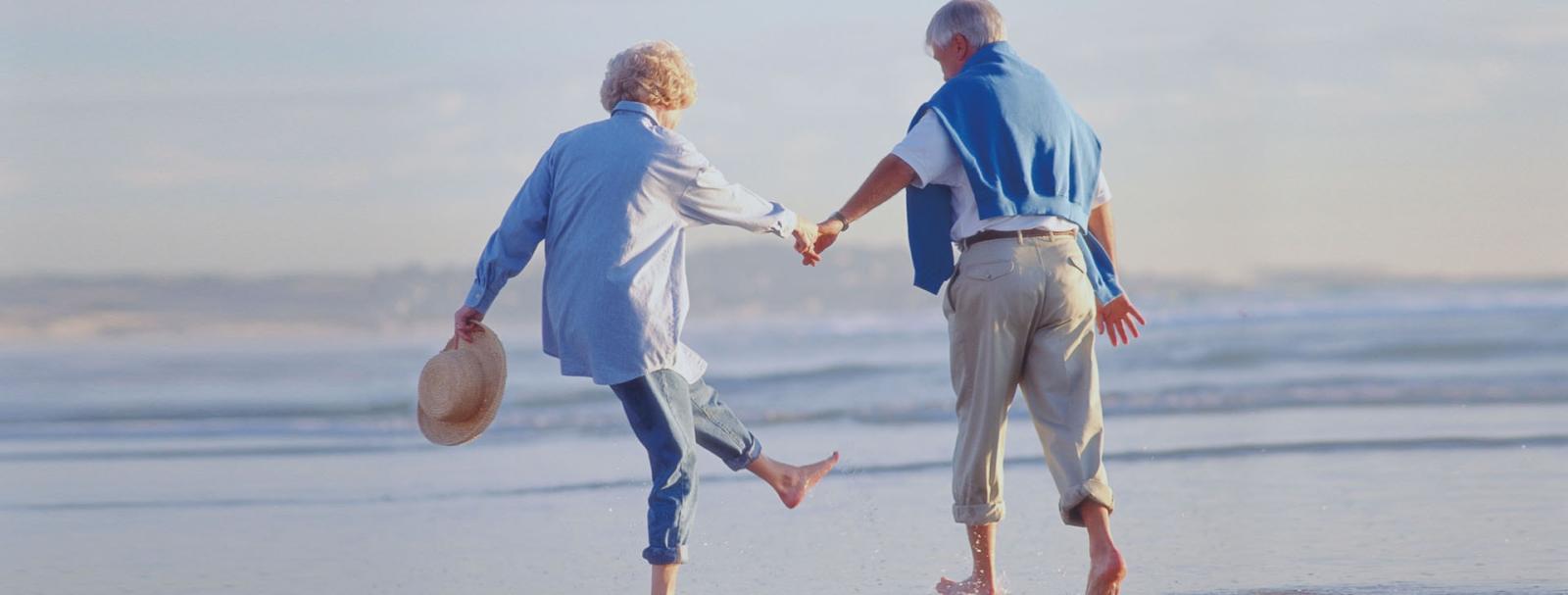Falls in older persons: 4th European Conference, 2-3 July 2018

The event offers ample opportunities to showcase research and actions in prevention. The deadline for abstracts is 16th of April 2018.
Inactivity is the fourth leading cause of death worldwide; inactive lifestyles also lead to increased adverse health outcomes such as shortened life expectancy, cardiovascular disease, diabetes and cancer. It has been well documented that physical activity improves health and function and reduces disability at old age.
Demographic change is undeniably affecting Europe; the EU population aged 65+ increased from 13.7% in 1990 to 17.4% in 2010. Predictions are that by 2060 approximately 30% of the EU population will be aged 65+ and the rise of the ‘oldest old’ – those aged 80+ - is particularly significant.
The aging population across Europe, combined with the widening gap between available carers and those who need care, has prompted researchers at European Institutions to research how a range of new technologies can encourage healthy and active ageing.
Identification of evidence-based technologies and interventions in the field of ageing is one of the needs of private and public and healthcare providers, as well as a priority for regional and national agendas across Europe.
In recent years several countries and regions of the EU have stated their commitment to bring together existing knowledge and foster innovation to convert the ageing challenge into an opportunity for welfare and growth: the silver economy.
Examples of the work being undertaken includes; MotFall led by Innovation Skane (Sweden) a project focusing on establishing a national-wide eco-system for fall prevention initiatives to reduce their incidence and impact, which includes innovative business models to attract solution providers.
Whilst in the Tuscany Region the promotion of active lifestyles as one of the qualifying targets for improving health conditions for older populations by implementing, among other initiatives, community-based, progressive, supervised group exercise programmes, specifically OTAGO strength and balance training. This programme is now being scaled up across other regions throughout Italy.
Other success stories include development of novel smartphone applications for instrumenting clinical tests for function and fall risk assessment developed as part of the FARSEEING project and specifically small spin-off company (mHealth technologies)
In another project, exergames involve interactive videogame technology; through playing the games users improve balance and strength – in the current trials the confidence levels of the gamers were vastly improved.
Engaging with this growing aged community, understanding motivations and behaviour change and encouraging the adoption of a more active lifestyle is key to optimise the value of novel technologies by engaging those it is aimed at.
European partnership will deliver critical innovation and knowledge transfer in all areas of falls prevention and the promotion of active ageing.
For more information visit http://www.preventit.eu/
